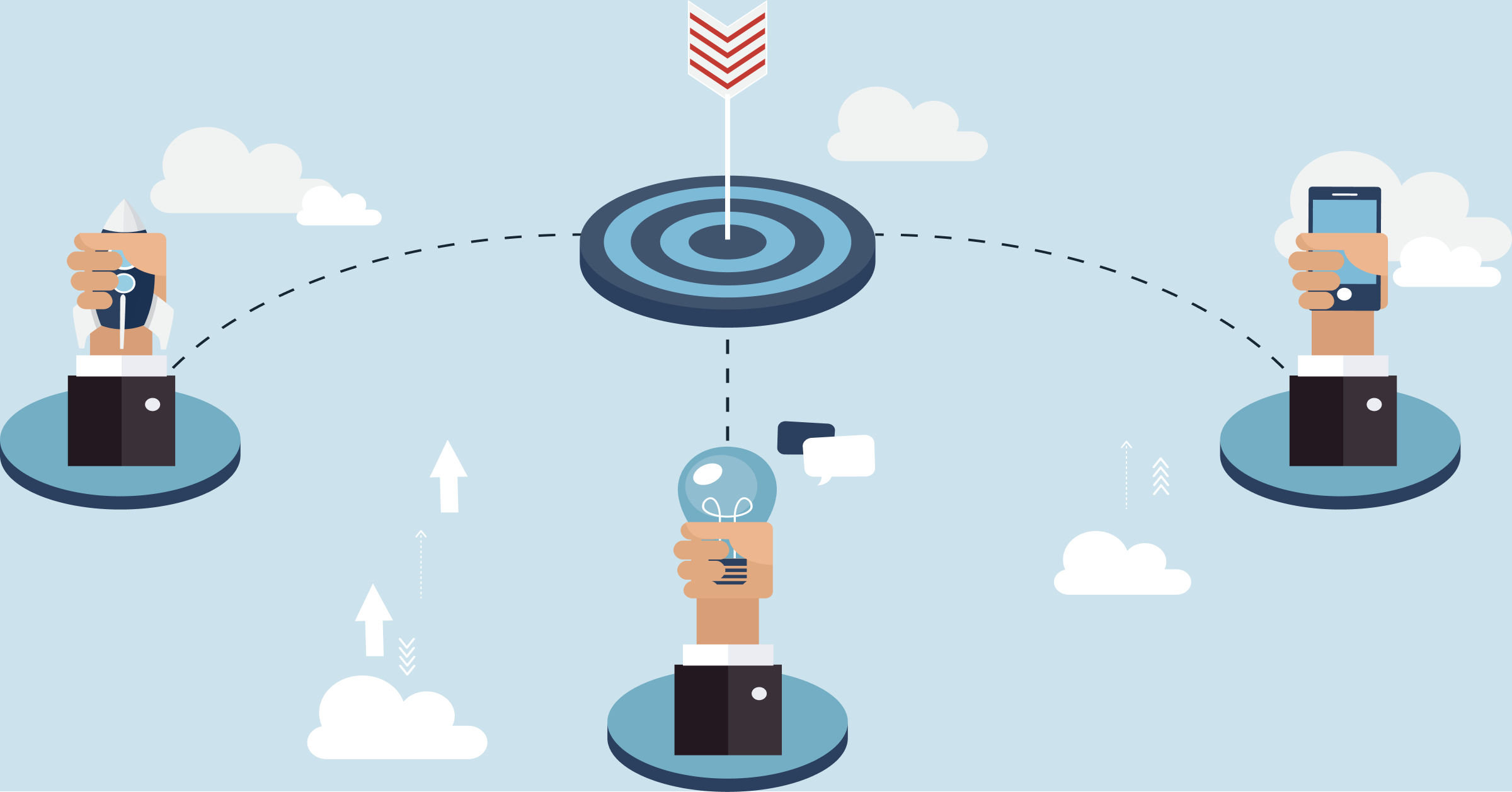Omnichannel Customer Engagement Made Easy
Omni24 helps you to convert more customers, automate customer lifecycle engagement and deliver personalized support at scale.
Top Picks From Our Blog
 https://omni24.io/wp-content/uploads/2025/12/buyers-journey-vs-customer-journey.png
1257
2400
Tushar Joshi
https://omni24.io/wp-content/uploads/2023/04/Omni-Logo-1.svg
Tushar Joshi2026-01-06 04:13:102026-01-06 04:13:10Buyer Journey vs Customer Journey: The Key Differences
https://omni24.io/wp-content/uploads/2025/12/buyers-journey-vs-customer-journey.png
1257
2400
Tushar Joshi
https://omni24.io/wp-content/uploads/2023/04/Omni-Logo-1.svg
Tushar Joshi2026-01-06 04:13:102026-01-06 04:13:10Buyer Journey vs Customer Journey: The Key Differences https://omni24.io/wp-content/uploads/2025/12/Social-Media-Customer-Feedback.png
1256
2400
Tushar Joshi
https://omni24.io/wp-content/uploads/2023/04/Omni-Logo-1.svg
Tushar Joshi2026-01-02 04:07:042026-01-02 04:07:047 Effective Ways to Use Social Media Customer Feedback
https://omni24.io/wp-content/uploads/2025/12/Social-Media-Customer-Feedback.png
1256
2400
Tushar Joshi
https://omni24.io/wp-content/uploads/2023/04/Omni-Logo-1.svg
Tushar Joshi2026-01-02 04:07:042026-01-02 04:07:047 Effective Ways to Use Social Media Customer Feedback https://omni24.io/wp-content/uploads/2025/12/closed-loop-feedback.png
1256
2400
Neeti Singh
https://omni24.io/wp-content/uploads/2023/04/Omni-Logo-1.svg
Neeti Singh2025-12-30 12:26:072026-01-02 12:27:32Closed-Loop Feedback: Benefits & Best Practices
https://omni24.io/wp-content/uploads/2025/12/closed-loop-feedback.png
1256
2400
Neeti Singh
https://omni24.io/wp-content/uploads/2023/04/Omni-Logo-1.svg
Neeti Singh2025-12-30 12:26:072026-01-02 12:27:32Closed-Loop Feedback: Benefits & Best PracticesScale Your Customer Engagement with Omni24
Whether it’s about acquire, engage or support – Omni24 covers all your customer engagement needs in one complete platform.